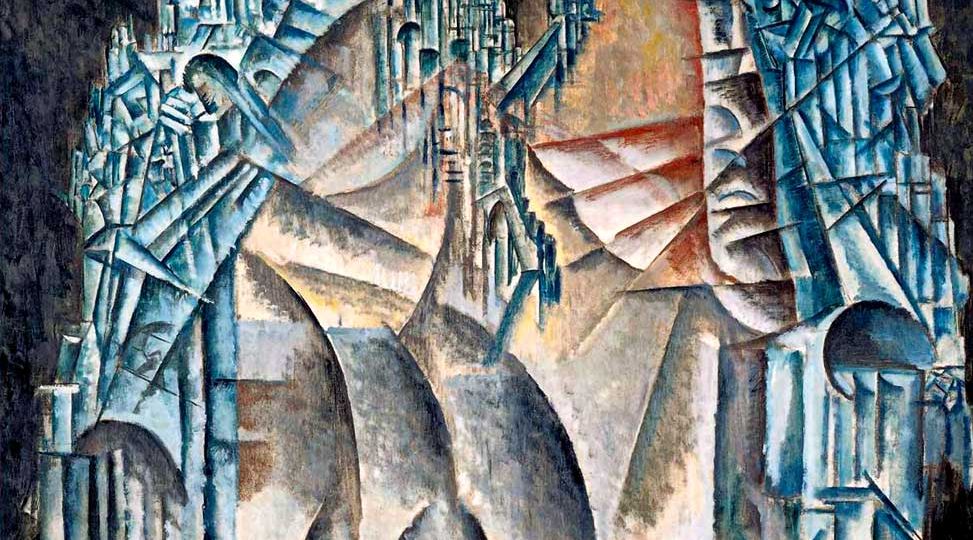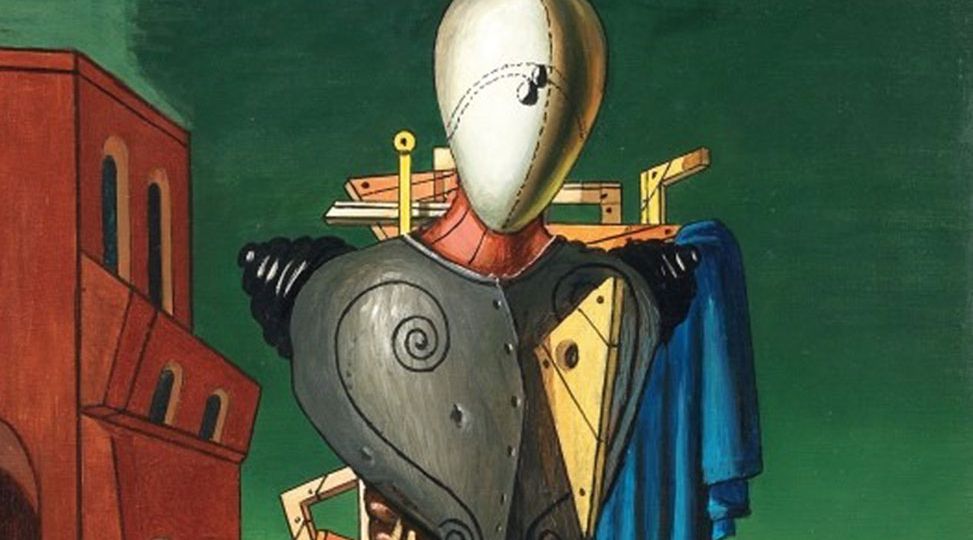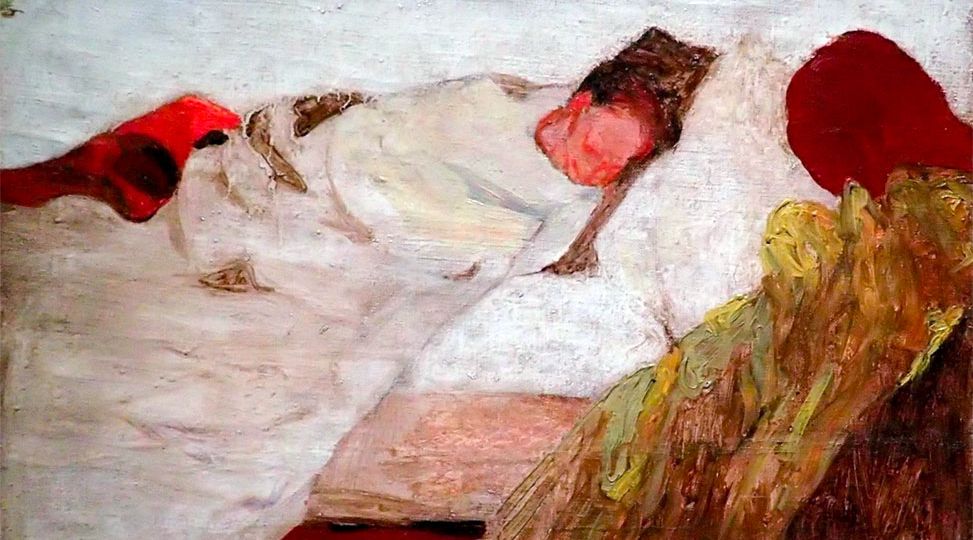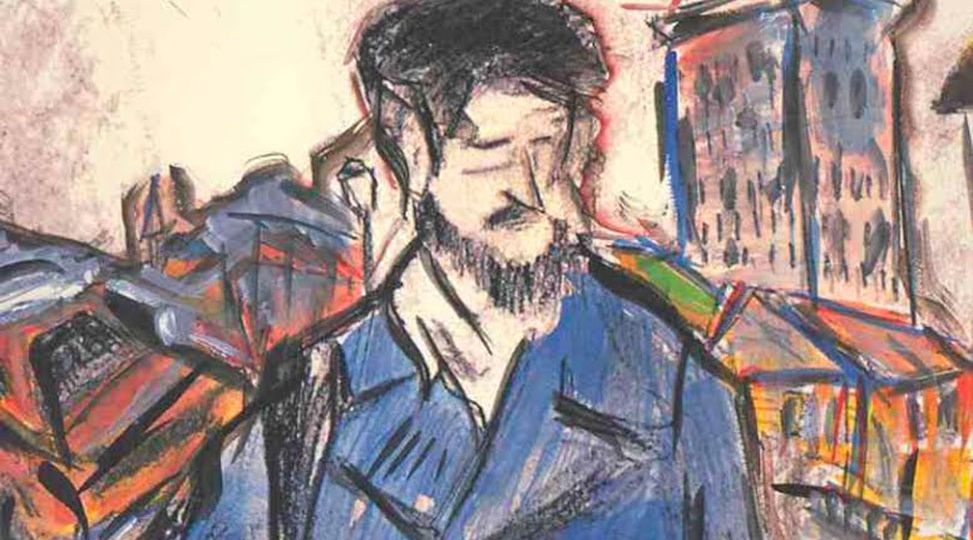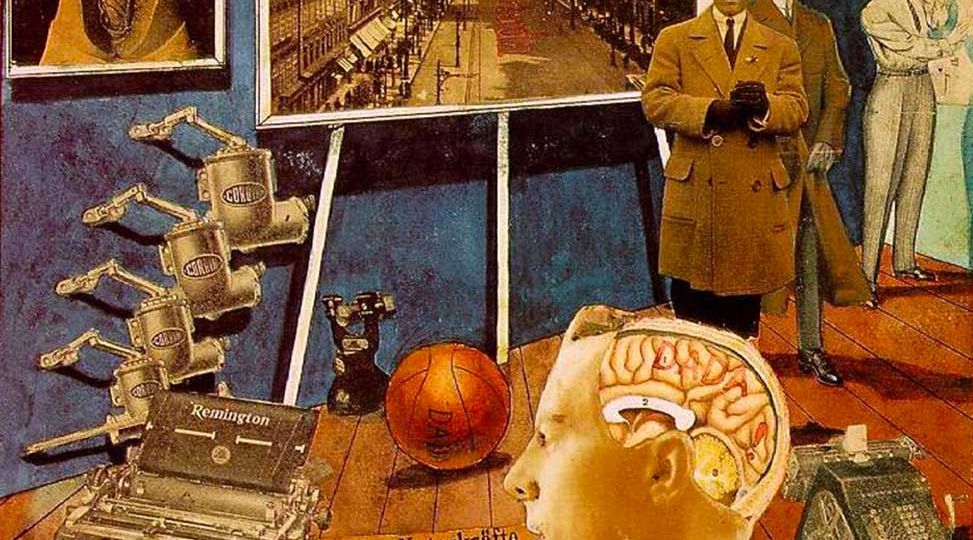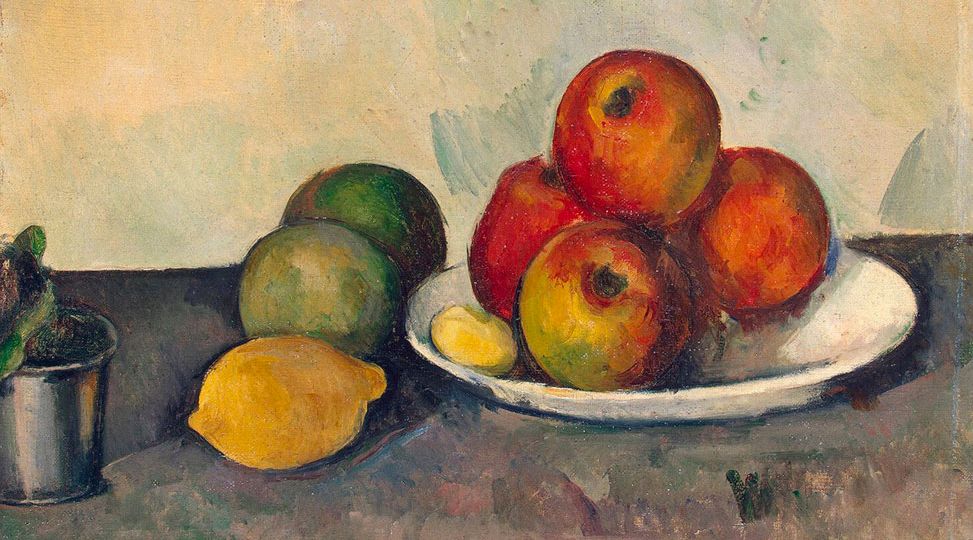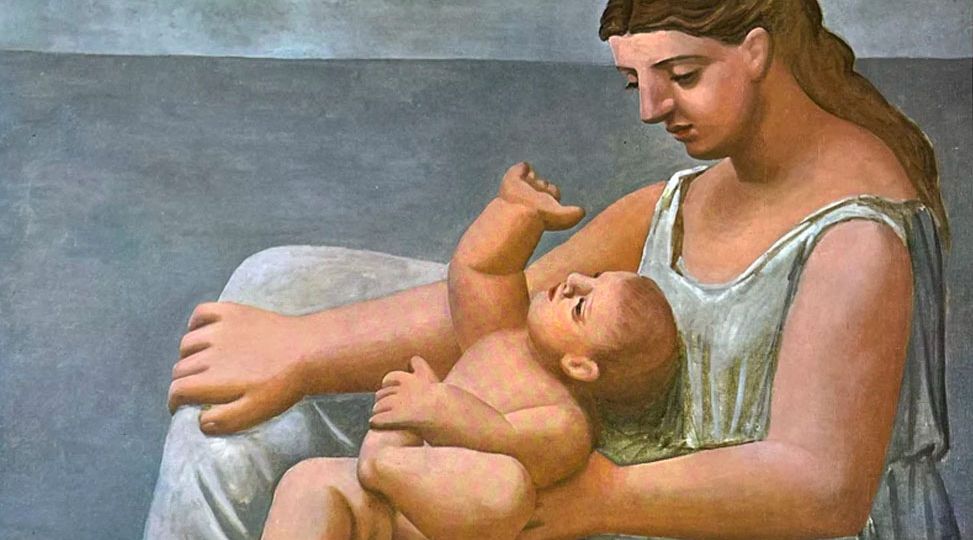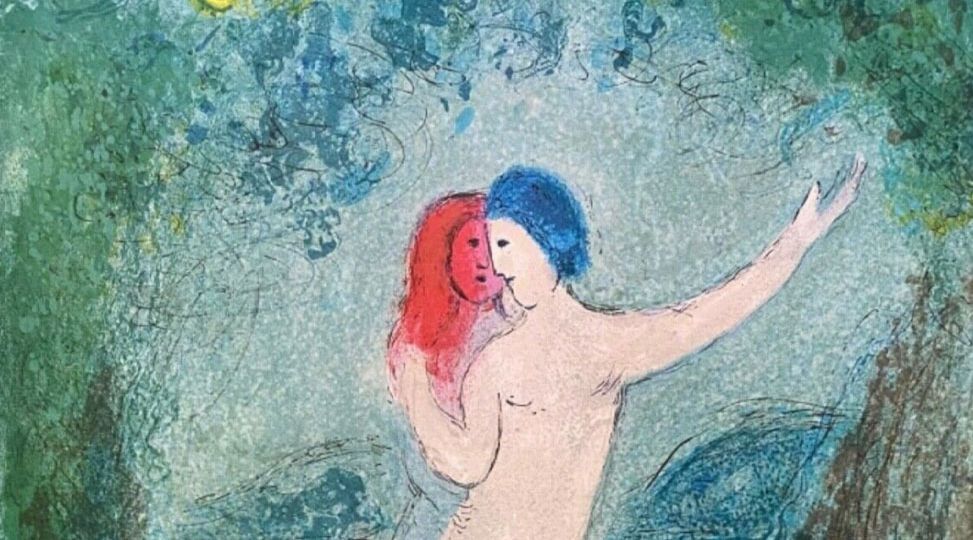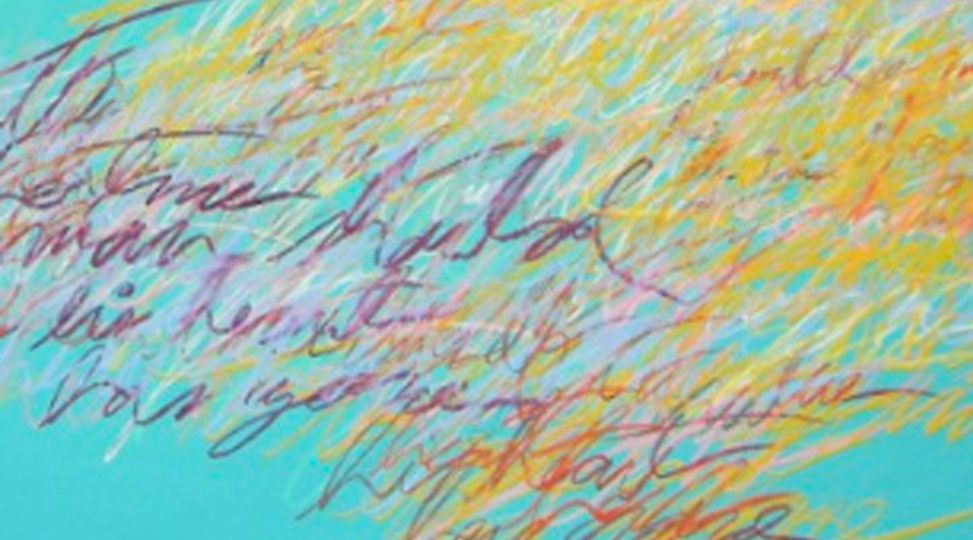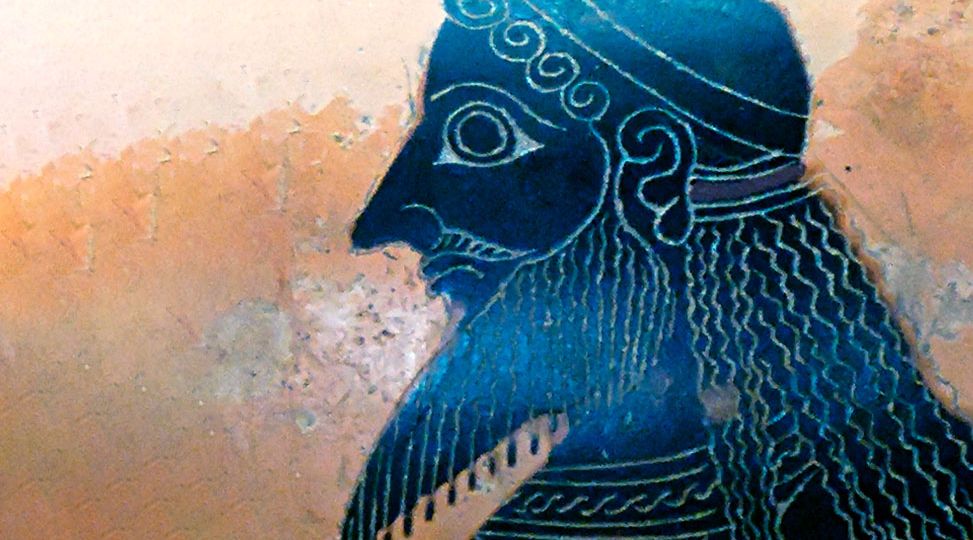Jung’s approach is based on pairs of polarities. Getting eight functions with such a ‘binary approach’ requires three levels of dichotomy. Jung clearly explained his split of the rational functions into two opposite functions and the same for the irrational functions; but he never provided a theoretical context for a third “dimension” of psychological type.
Ti
“Everything has a purpose, clocks tell you the time, trains take you to places. Machines never come with any extra parts, you know. They always come with the exact amount they need. So I figured if the entire world was one big machine, I couldn’t be an extra part. I had to be here for some reason. And that means you have to be here for some reason, too. ”
In a dream she showed up as twins. One who was quiet and could play by herself (like her father, Ti) and the other who was very precocious as she hung upside down from a tree (like her mother, Te), reflecting the inherent nature of the Opposing Personality. From the outset of our work her battle seemed to reflect inferiority about not being an extravert.
The portrait of Bob Dylan in the film “I’m not there” demonstrates how a lack of father-specific structure is compensated by a powerful and extraordinarily creative but volatile and defenseless Puer structure; and the movie further illustrates the tendency of the Shadow complexes to rise to repair such psychic vulnerabilities and restore equilibrium.
I describe here how I discovered a new way to find the function-attitudes—the ‘building blocks’ of personality type—associated with any set of MBTI® results. I discovered this method almost by accident. My goal was to form teams of graduate design students working together to conceive, build, demonstrate, and report on a physical project.
Type enthusiasts may wonder whether we can purposely apply our personality preferences—which are comfortable ‘tools’ to make habit change a little easier. Speaking as a lifestyle medicine physician, as well as a type enthusiast for the past two decades, I believe we can. …Type affects what motivates us and how we learn new skills…
… A wise employee will come to understand the culture of the company … and recognize that the team has long since developed a certain way of taking care of others. The team uses its auxiliary function, not yours, or the one your tertiary Child expects it to use. You cannot expect an organization to take care of you in the way that you want …
I think many of us would be quick to put our inferior and embarrassing Anima on the pyre, and happily satiate our Heroes. But the Hero needs to sacrifice its preeminence and allow the Anima to experiment and thrive if we are to find ourselves truly committed to what we do, not to mention fulfilled by it.
The blank piece of paper symbolically represents our universe. How we put writing on the paper—how the pen moves across the paper—represents how we see ourselves fitting into life and how we navigate through it. Extraversion is characterized by a tendency toward expansion. There is an emphasis on centrifugal movement (movement away from the body).
Organizational behavior, even more than individual, is shaped by myth and unconscious dynamics, rather than by rationality. I have noticed parallels between Jung’s observations of personality type and the gods who were at the centre of the classical Greeks’ understanding of motivation and behavior. The Greek pantheon can provide ways of talking about a wide range of value systems, energies, feeling states, behavior habits…


